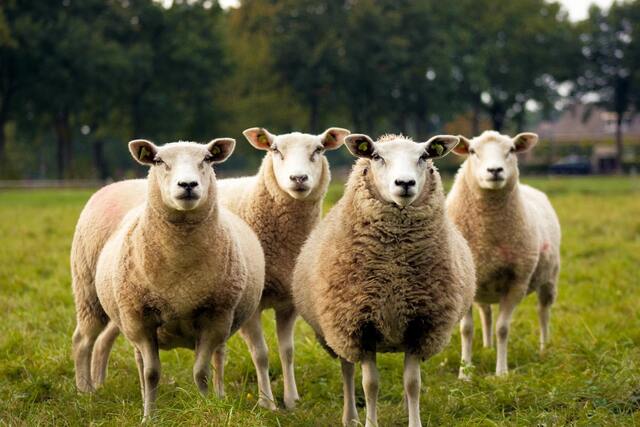How To Say “Cheers” In Different Languages

Unsplash: Christine Jou
Rules are everywhere. And they’re even apparent when it comes to
making a toast or saying cheers. However, these rules actually
vary in different corners of the world due to contrasting
beliefs
and traditions. Just like how “cheers” is translated differently
across oceans. On a separate note, do you think aliens also have
their versions of “cheers” or “bottoms up?”
When it comes to clinking glasses (or maybe not, if clinking
glasses aren’t a thing in your culture), you know that there are
these
happy
and togetherness feelings that come with it. Maybe that’s
because the act of toasting and the saying of “cheers” are done
with friends and loved ones at a celebratory event. Or maybe
that’s because you know that
raising a glass
is just a precursor to something fun. So your brain pops an
excited ahh instead of a dispirited blah. From there, you lift
your glass high and wish people around you
good wishes. Then, you
take a sip
because that’s just what you do after. But now, the question is:
do you know how to propose a toast in different languages? Read
on and learn how!
- English: Cheers (cheers)
- French: Santé (sahn-tay)
- Italian: Cin cin (chin chin)
- Korean: 건배 (geonbae)
- Danish: Skål (skohl)
- Japanese: 乾杯 (kan-pai)
- Spanish: Salud (sah-lood)
- Swedish: Skål (skohl)
- German: Prost (prost)
- Dutch: Proost (pr-ohst)
- Indonesian: Bersulang (ber-soo-lang)
- Afrikaans: Gesondheid (ge-soond-hate)
- Finnish: Kippis (keep-pees)
- Polish: Na zdrowie (naz droh-vee-ay)
- Czech: Na zdraví (naz drah-vee)
- Russian: За здоровье (za zdo-rov-ye)
- Thai: โชคดี (chok di)
- Portuguese: Saúde (sa-oh-jeh)
- Turkish: Şerefe (she-reh-feh)
- Vietnamese: Một, hai, ba, dô (moht, hi, bah, yo)
- Greek: Υγεία (yamas)
- Hebrew: לחיים (l’chaim / la ka-eem)
- Irish Gaelic: Sláinte (slahn-chuh)
- Norwegian: Skål (skohl)
- Ukrainian: будьмо (bood-mo)
- Yiddish: Sei gesund (say ge-soond)
- Icelandic: Skál (skowl)
- Mandarin Chinese: 干杯 (gān bēi)


